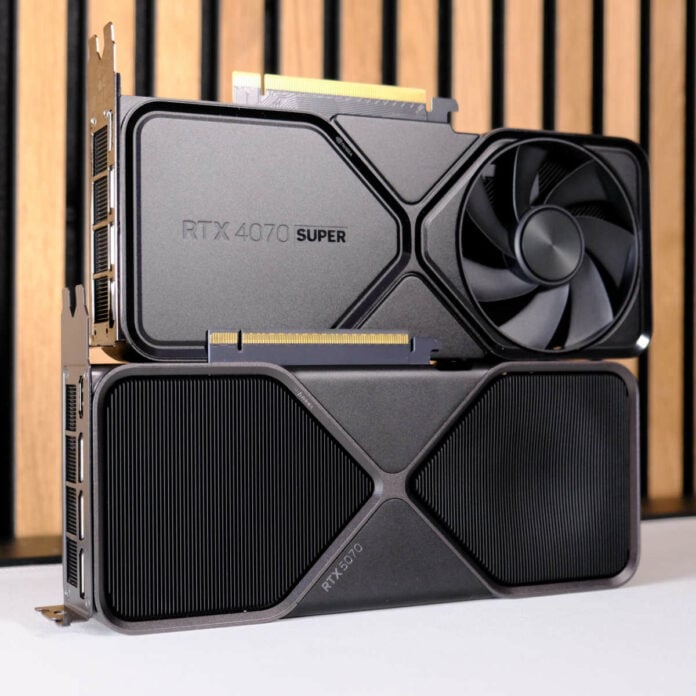Nvidia Neural Texture Compression (NTC) has showcased outstanding compression capabilities, reducing texture size and freeing the encumbered video memory. @opinali on X tested it and found that NTC saves almost 90% of VRAM as textures account for the bulk of utilised capacity.
NTC relies on Microsoft’s DirectX 12 Agility SDK v1.717.x‑preview and requires hardware that supports at least Direct3D 12 Shader Model 6.0. That said, it performs best on AI-capable hardware such as Nvidia’s RTX 40 and 50 Series GPUs, both in compression throughput and overhead.
For his comparison, @opinali used an NTC demo alongside DirectX Raytracing 1.2’s (DXR 1.2) Cooperative Vectors feature, which enables shaders to perform hardware‑accelerated matrix operations and vector math directly inside a raytracing dispatch, i.e. entirely on the GPU. Cooperative Vectors allows developers to integrate AI workloads into the real-time rendering pipeline, leveraging AI for traditional workloads. To run it, he needed the preview driver 590.26, which also brings driver-level frame generation to RTX 40 GPUs.
The results are texture reduction size of almost 90%, which is especially significant since textures make up between 50% and 70% of games’ VRAM utilisation, according to @opinali. These savings should allow developers to implement more complex visuals and effects without thinking too much about VRAM, adding more fidelity to games without requiring new hardware. Unfortunately, existing games won’t benefit from this, as they need to be built from the ground up with NTC in mind. A bummer seeing how many already struggle with 8GB cards.
That said, on the bright side, since the technology is based on DXR 1.2’s Cooperative Vectors feature, it will be available to all GPU vendors to implement, improving the experience for all PC and likely console gamers. AMD has already shared similar improvements regarding tree and grass generation, reducing their footprint from 38GB down to just 52KB. The Red Team used a combination of work graphs and mesh shaders to construct these structures procedurally in real time instead of storing high-fidelity versions in VRAM.
Performance-wise, @opinali reports that the Default mode delivers the best balance between memory saving and fps cost, with the transcoding method offering the best performance when VRAM isn’t an issue. If and when this technology manages to reach wide adoption, then perhaps Nvidia and AMD can claim 8GB is enough without sounding outrageous.
Overall, Neural Texture Compression comes with big promises and seemingly little to no side effects. It should allow developers to do more with less, saving precious hardware and bringing great visuals to budget gamers. Considering its benefits, it’s only a matter of time before this tech becomes the default way of making games.


